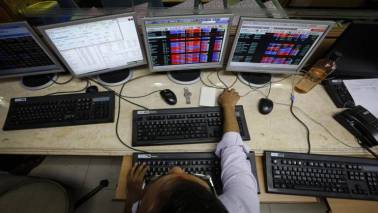Exports were up 3.75 percent from a year ago, an improvement over the less than a percent growth in the previous two months, but year-on-year growth rates are best avoided because they are distorted by base effects
The January numbers for the country’s merchandise trade are far from comforting. They show exports were up 3.75 percent from a year ago, an improvement over the less than a percent growth in the previous two months, but year-on-year growth rates are best avoided because they are distorted by base effects. It also helps if we strip out the effect of export and import of petroleum, oil and lubricants (POL) from the numbers, as these depend on volatile global crude oil prices.
In January, non-POL exports stood at $23.15 billion, lower than the previous month’s $23.71 billion. It’s also lower than merchandise exports in May and June last year.
The point is that non-POL merchandise exports have been growing at a snail’s pace. Exports during April 2018 to January were a mere 8.3 percent higher than during April 2014 to January 2015, or four years ago. That’s a compound annual growth rate of two percent, far below the growth rate of the economy.
Non-oil, non-gold, imports were $27.18 billion in January, below the year ago level of $27.57 billion. Normally, imports go up as the economy grows, but the lower imports could be because of protectionist measures the government has taken recently. Another reason may be that the disruption from demonetisation and the introduction of Goods & Services Tax (GST) had led to higher imports as production from small industries was hit. With production stabilising, perhaps import growth is slowing. We will have to wait and see for a few more months to confirm this trend.
The non-POL, non-gold and silver merchandise trade deficit has been rising every year. During the period April 2014-January 2015 it was $14.44 billion; four years later, during April 2018- January 2019, it had gone up more than three times to $46.49 billion. This rapid rise in the non-oil trade gap is the result of stagnant exports and expanding imports.
India’s exports could benefit from the continuation of the ongoing trade war between China and the US. As a recent report from the United Nations Conference on Trade and Development (UNCTAD) said, “One effect of US- China tensions is to make suppliers in the rest of the world more competitive relative to United States and Chinese firms.” UNCTAD estimates that diversion of trade to India due to higher tariffs in China and the US would be to the extent of 3.5 percent of India’s exports. That estimate factors in the further escalation of US tariffs on Chinese goods due to occur in March.
But that could, at best, provide a short-term respite. At bottom, both stagnant exports and rising imports are a reflection of the lack of competitiveness of much of our industry and its lack of integration with global supply chains.

















